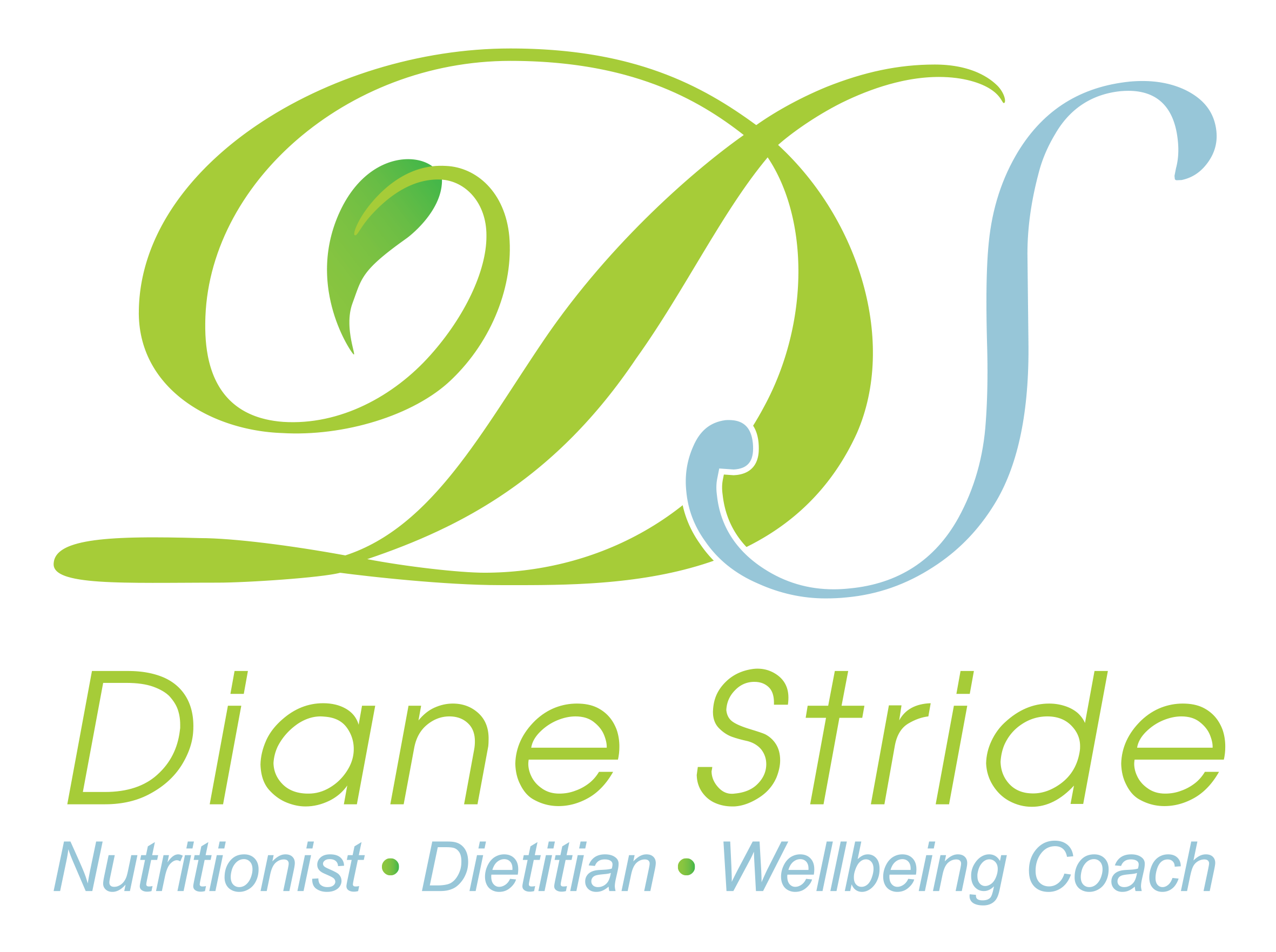Living With Endometriosis
Endometriosis Is Classified According To 4 Stages:
Stage I Endometriosis:
Typically small patches, surface lesions or inflammation on or around organs in the pelvic cavity.
Stage II Endometriosis:
More extensive than stage I but infiltration of pelvic organs still very limited, without a great deal of scarring or adhesions.
Stage III or Moderate Endometriosis:
Sometimes more widespread and starting to infiltrate pelvic organs, pelvic side walls or other structures. Sometimes there is also scarring and adhesions.
Stage IV or Severe Endometriosis:
Infiltrative and affecting many pelvic organs and ovaries, often with distortion of the structure and adhesions.
It is important to note that the stage does not necessarily indicate the level of pain or severity you may feel.
Who Is At Risk of getting Endometriosis?
Endometriosis affects many women, irrespective of size, shape , colour or ethnicity. It is the second most common gynaecological complaint. It can also affect any girl once she has had her first period.
Younger girls may frequently be overlooked or misdiagnosed, as a doctor may think they are too young to have endometriosis. Similarly, older women may think that the symptoms they are experiencing are normal, and therefore don’t seek help for the pain or discomfort they are feeling.
My Personal Experience With Endometriosis
I had endometriosis and I never knew it!!
The main symptom I experienced was a throbbing pain mid-cycle, and then often excruciating pain when I went to the toilet. Prior to having children, I remember thinking that I wasn’t going to be able to tolerate childbirth very well in the future if I found it this difficult to tolerate going to the toilet at times.
Some days were better than others, and I would feel fine. But at other times the pain was so excruciating, I would literally pant, go clammy and feel lightheaded. It was only when I went to hospital after my third child for an unrelated procedure, that the gynaecologist phoned my husband mid-surgery and said, “your wife has endometriosis growing all over her bowel – are you happy for me to remove it today?”
This was all prior to me working in my private practice as a dietitian and nutritionist. Now, I work on the other side where I work with women with endometriosis and ask questions if I’m suspicious that maybe they have it. Best of all, I love helping women with endometriosis manage and reduce their symptoms.
Where Does Endometriosis Pain Hurt?
For me, the pain was concentrated in my pelvic area and was especially unbearable when I passed bowel motions. For other women it can be incredibly painful when they have sexual intercourse.
As a woman, you are unique so your experience may be different to someone else’s. Some women only experience pain when they are having their periods, and for others it may be more pronounced just prior to menstruation. Others, like me, experience pain mid-cycle. Back pain is another factor for women, although in my case, back pain was often a part of normal life because of my auto-immune disease, so I can’t necessarily attribute it to endometriosis.
Where Does Endometriosis Occur?
Endometrial tissue lines the inside of a woman’s uterus and this is what is shed with menstruation. With endometriosis, instead of the tissue growing inside the uterus, it grows on organs on the outside – most typically over organs in the pelvic region. Typical organs would be the ovaries, the outside of the uterus, the fallopian tubes and the bowel. It is less frequently found on the bladder, vagina and cervix. It can also be found on the lung.
Why Does Endometriosis Hurt?
The endometrial tissue that grows over the organs also bleeds once a month, just like when you menstruate. This tissue responds to hormone fluctuations of oestrogen and progesterone, just like it would if it were in the uterus. When the progesterone levels stimulate the endometrial cells to become more secretory inside the uterus, the same happens to those cells growing on the outside. Instead of these secretions being excreted from the body via the vagina, they get dumped into the abdomen. These organs don’t normally get exposed to these inflammatory secretions. Prostaglandins are one of the substances produced by the endometrial cells and they can cause excruciating pain.
Apart from pain, other symptoms can include abnormal menstrual bleeding; bladder problems, such as interstitial cystitis; tiredness; and infertility.
Why Does Endometriosis Cause Bloating and other Irritable Bowel Symptoms (IBS)?
There are a few possible reasons. The endometrial cells produce prostaglandins, which cause increased gut motility and diarrhoea. Endometriosis, due to the inflammatory response, may also cause the gut bacteria to be modified. As gut bacteria play a key role in digestion, this can result in symptoms of bloating and constipation.
Can Endometriosis Cause IBS?
Yes definitely. This is due to the factors mentioned under bloating, but may also be due to the gut-brain axis. Women with endometriosis may have higher anxiety levels, understandably, exacerbated by the pain and from trying to cope with functioning normally.
Because of the connection between your brain and your gut, feelings of anxiety can increase IBS symptoms.
Why Endometriosis Can Lead To Infertility?
The exact reason is not clear, but it could be due to the scarring from the endometriosis in the ovaries and fallopian tubes, which impacts the transfer of the fertilized egg. It can also be due to substances produced by the endometrial cells that may affect fertilisation.
What Foods Should I Avoid if I have Endometriosis?
Essentially, we want to reduce foods that promote the prostaglandin formation, and include more foods that are anti-inflammatory, easily digested and don’t aggravate bloating.
Also, some foods that may not be that easily digested are actually really good for gut health and can help reduce the risk of bowel cancer. In each individual case, we would need to systematically work out WHICH foods are aggravating symptoms and which aren’t. So as with all dietary modification, the client needs to be treated as holistically as possible. Diet is only one factor and it is not a one size fits all approach.
Does Dietary Modification Help Reduce The Pain For Women With Endometriosis?
ABSOLUTELY! Dietary modification doesn’t cure the disease, but when you live with something as debilitating as endometriosis, any improvement in the symptoms can really make a vast difference, and even feel like you’ve been given you your life back.
Typically How Many Sessions Would Be Needed With A Dietitian or Nutritionist to Help With Endometriosis Management?
Usually four sessions would be sufficient for most clients. The aim of treatment is to reduce inflammation in the body and identify trigger foods that make symptoms worse.
References:
1. Eur J Obstet Gynecol Reprod Biol. 2018 Dec;231:65-69. doi: 10.1016/j.ejogrb.2018.10.023. Epub 2018 Oct 9.
2. Schomacker ML, et al. The obstetrician and gynaecologist. Vol 18, Issue 1. B Issa et al. 2016
3. Evans S, Bush D ‘Endometriosis and Pelvic Pain’; Third Edition 2016 ISBN 978-0-9946477-0-2
4. Haas D, Oppelt P, Shebl O, Shamiyeh A, Schimetta W, Mayer R. Enzian classification: does it correlate with clinical symptoms and the rASRM score? Acta Obstet Gynecol Scand 2013;92:562–566.






